In this article, we will learn about a young entrepreneur who started a coco peat and coco coir manufacturing business and earned huge profits. Below we will learn about Mr. Prashanth’s coco peat and coco coir manufacturing enterprise, his experiences in starting his venture, and the investments and profits in the coco peat and coco coir making business.
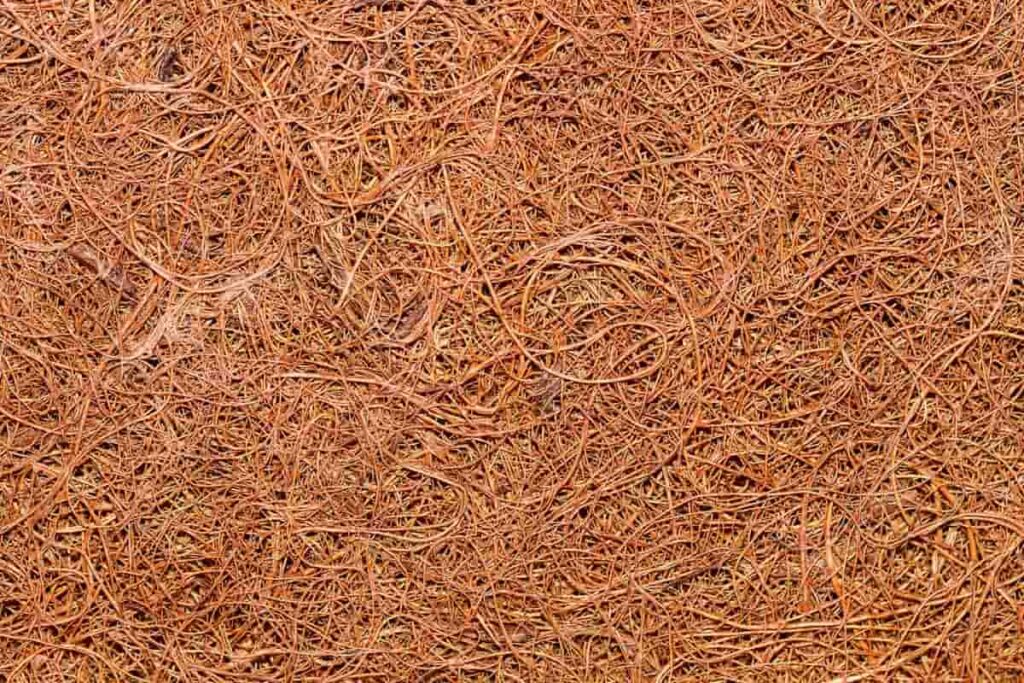
Earning 30 lakhs from coco coir and coco peat making
What is the market potential for the coco coir business?
Indian factories sell over two-thirds of the world’s coir and coir-related products. India has a broad coastline covered with coconut trees. Still, the development and economic advantages of the coir sector are obvious in coconut-growing areas and Areas such as Karnataka, Pondicherry, Tamil Nadu, Goa, Lakshadweep, Kerala, Assam, Orissa, Maharashtra, Andaman & Nicobar, Andhra Pradesh, and others.
It’s estimated that over 5.5 lakh people work there (mainly part-time). Nearly Rs. 70 crores are earned through exports. To make coir goods, coconut husk is the primary raw material. About half of all coir husk is used to make coir goods. Thus, the coir industry is poised for significant growth in the following years. White fiber coir is mainly produced in Kerala, which accounts for 61% of India’s total coconut production and more than 85% of coir goods.
The value of the husks that are not discarded due to being consumed is predicted to range from Rs 259.36 crore to Rs 315.12 crore. Annual production costs are predicted to range from Rs. 913.03 crores to Rs. 1,109.34 crores, with 1,27,824.62 lakh husks needed. An annual domestic consumption of 5,39815 metric tonnes of fiber is used. Coir fiber accounts for 28.41% of the total. Revenue estimates range from 3,135.54 to 4,221.44 crore Indian Rupees each year.
In case you missed it: Earning 7 Lakhs from Gym Business: An Entrepreneur Success Story in India
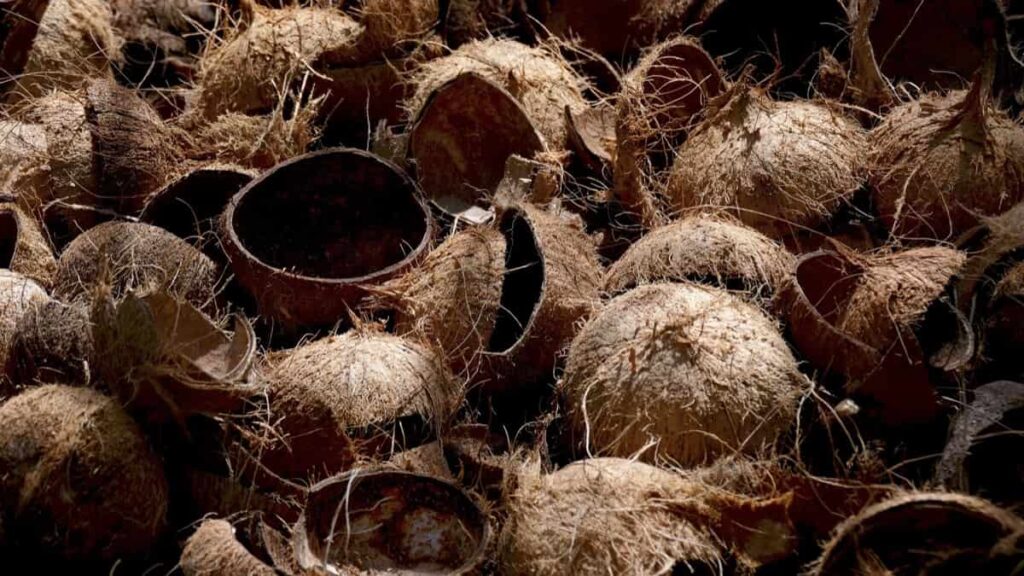
What are the materials required to start the coco coir processing unit?
Starting a coir business requires coconut husk as its primary raw material. A fibrous material known as coir or fiber makes up its internal layers. Setting up a shop in a rural region with established coconut plants is ideal for the coir industry. As a result, not only are labor expenses reduced but so are raw material transportation costs. For a coir extraction unit to be properly installed, at least an acre of land is needed.
This is due to a large amount of gear involved. In most cases, everything is assembled in a big shed. The plant’s raw material, coconut husks, is stockpiled in massive quantities in the yard. A coir processing facility can’t operate without access to water. Once a tree’s worth of raw coconuts has been picked, the husks need to be retted in massive water tanks for much longer. Sometimes, debris is removed from the fiber by running it under water.
Commercial vehicles like tractors and compact trucks are essential for a coir processing facility. Simply said, many coconuts are needed for the fiber extraction process. 1-2 tonnes of fiber will be produced daily, making it a challenge for the company to store the material for the long term. Because of this, having a vehicle available makes it much easier to move items whenever the need arises. Three to four workers are optimal for operating a coir processing plant.
Having one person in charge of equipment supervision frees up the others to do things like unloading and loading trucks and distributing the extracted coir fiber throughout open areas. Once manufacturing capacity has been increased, you can increase the number of personnel. The coir processing device consumes much electricity when operating. The coir unit uses about 38 kW of electricity or 40-50 horsepower—the maximum daily consumption of 304-kilowatt hours required to operate the facility.
In case you missed it: Earning 27 Lakhs from Edible Biscuit Tea Cup Making Business: The Success Story of a Woman Entrepreneur in India
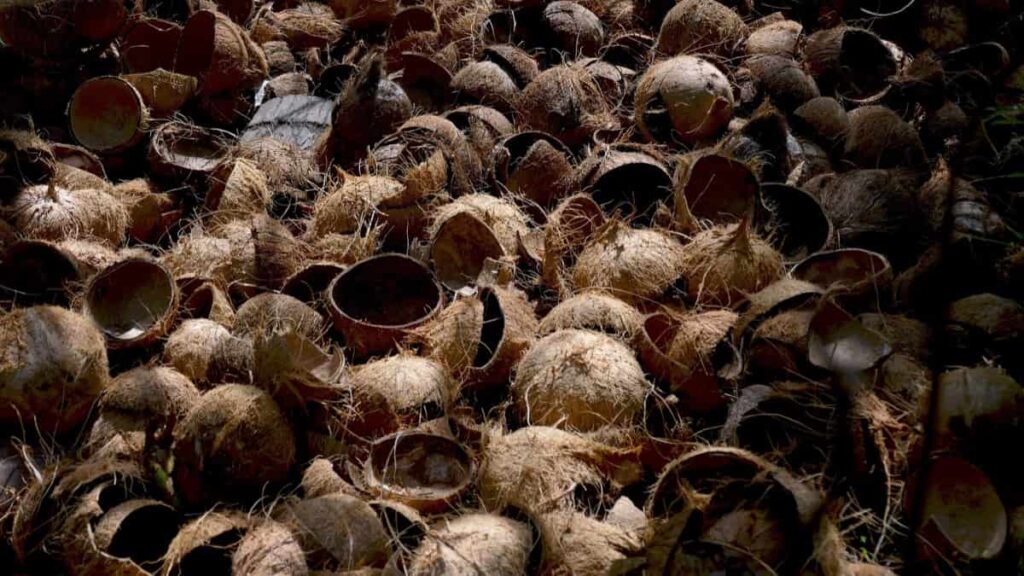
How to manufacture coco peat?
The primary input is sourced from farms and stored there for later use. The combined husk is submerged in water. The soaked cloth is then put in the decorticator, which separates the pith from the fiber. Now that the fiber has been sun-dried, the balling machine will compress it into 35 kg bunches to be exported. Similar to how cotton yarn is spun, this substance also undergoes a spinning process.
We’ve split the process into four distinct steps to understand it better. The coir is sprayed with water after being purchased from a fiber extraction facility. After two to three hours, the wet fiber is sent through the willowing machinery to separate the fibers and eliminate the contaminants. The settings of the spinning machine are used to transform these strands into yarn. After being rinsed and rolled up, the thread is now ready for distribution.
During the extraction process for coir fiber, coir pith is a byproduct. Collecting raw Coir pith and rinsing it with soft water lowers the EC. The lower EC pith can be completely dried in the yard before being sent to the sieve machine for further processing. The resultant pith is then compacted into blocks using a compaction machine. The blocks will now be delivered to be packed before being distributed to clients. Different types of coco peat were acquired, including coir pith block, coco peat tablets, and briquettes.
Is the coco coir industry profitable?
The going rate for a kilogram of coir yarns may reach forty rupees. If all of a Coir business’s raw resources are put to good use, the many markets for coco fiber might make it profitable. That’s why the potential earnings for coir pith providers in India are so high.
The success story of Mr. Prashanth
Mr. Prashanth belongs to Nizamabad district, Telangana, and is now based in Hyderabad. He used to be a private employee in the IT industry in Hyderabad. He was constantly troubled by the stress and insufficient income he used to get. One fine day, he decided to quit his job and wanted to start something of his own. From childhood, he was very much into starting a business, but due to family and financial situations, he decided to work.
When he quit his job, he took three months gap and learned about various businesses. He learned the market for different products that could be sold in Hyderabad. While investigating various businesses, he came across coco peat and coco coir making businesses. In starting, he thought that this business didn’t have much potential. But when he realized the market, he thought he could get a good income from this business.
In case you missed it: Profitable Food Franchise in India Under 10 Lakhs: Low Investment, and High Profits
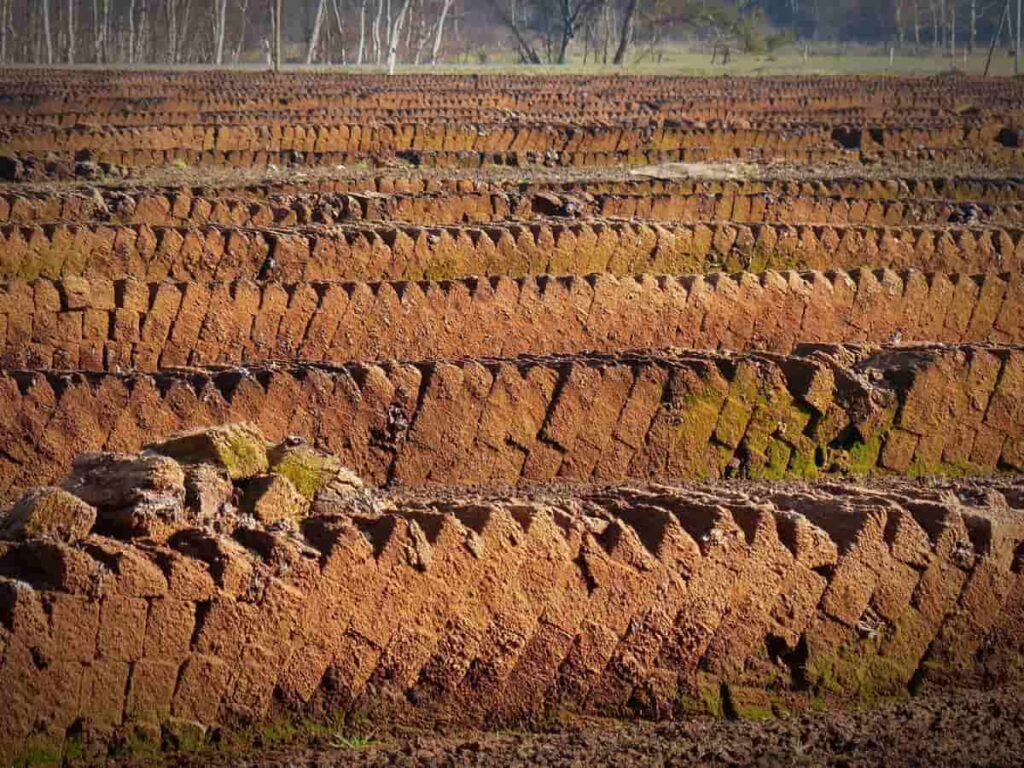
He learned more about the procedure and the machinery needed for this business. One of his distant relatives is in the whole business of the cocopeat industry, and Mr. Prashanth learned the various markets from him. Before he started, he decided where to sell his products and made deals with various wholesalers and retailers across Hyderabad.
He then started his venture, and in no time, it started booming, making him very profitable and financially stable. How did this happen? Below we will learn the production details of coco coir and coco peat, making business, profits and investments involved. We will also learn about Mr. Prashanth’s experiences after starting his coco peat and coco coir making venture.
Why Mr. Prashanth chose coco peat and coco coir-making businesses?
When asked this question, Mr. Prashanth answered and made some interesting points about the coco peat and coco coir industry. He says that even though the coco peat and coir industry looks very small when marketed hugely, there is a high potential for profits. In his enterprise, Mr. Prashanth says he produces various products such as coco peat, coco coir, coir threads, and biodegradable coco coir flower pots. Coco peat is widely used as a fertilizer in agriculture; it is also used mostly in nurseries and mushroom cultivation.
Coir threads and flower pots will be bought by many as they will be needed in day-to-day life. These raw materials are just used coconuts, which can be widely available across Hyderabad. Street vendors who sell coconuts will often give their used ones for free, which can cut many investment costs. These reasons make this business look for potential profits, he added. Coco coir is also used widely in making status at the time of Ganesh Chaturthi and Dusshera festivals; also, it is a widely used component in furniture and making beds.
Details of coco peat and coco coir making business, in Mr. Prashanth’s words
Many people know that after drinking coconut water, the used coconut will go to waste and be dumped. Instead of dumping these, Mr. Prashanth will use this as raw material in his business to make coco peat and coco coir and then make different products. For starting this business, the major investment will be for the machinery unit, as this is where everything happens.
Mr. Prashanth bought his coco peat and coco coir making machinery unit from Bharath Agritech company, Maharashtra. Mr. Prashanth says this is an essential one-time investment for coco peat and coco coir production. You should have a space of nearly 3000 sqft to start this business. Most of this space will be used by machinery. The machinery unit contains four machines, says Mr. Prashanth.
The first machine is a fiber extraction machine. This machine extracts fiber and cocopeat from different sides when the waste coconuts are sent inside from the hooper. The next is the coco peat screening machine. This machine will filter the coco peat from the fiber extraction machine. The coco peat screening machine will separate the extra fibers from the coco peat. After going through some steps, this filtered coco peat will be processed.
In case you missed it: How to Start a Dropshipping Business in the USA: Business Plan, Cost, Profit, and Requirements
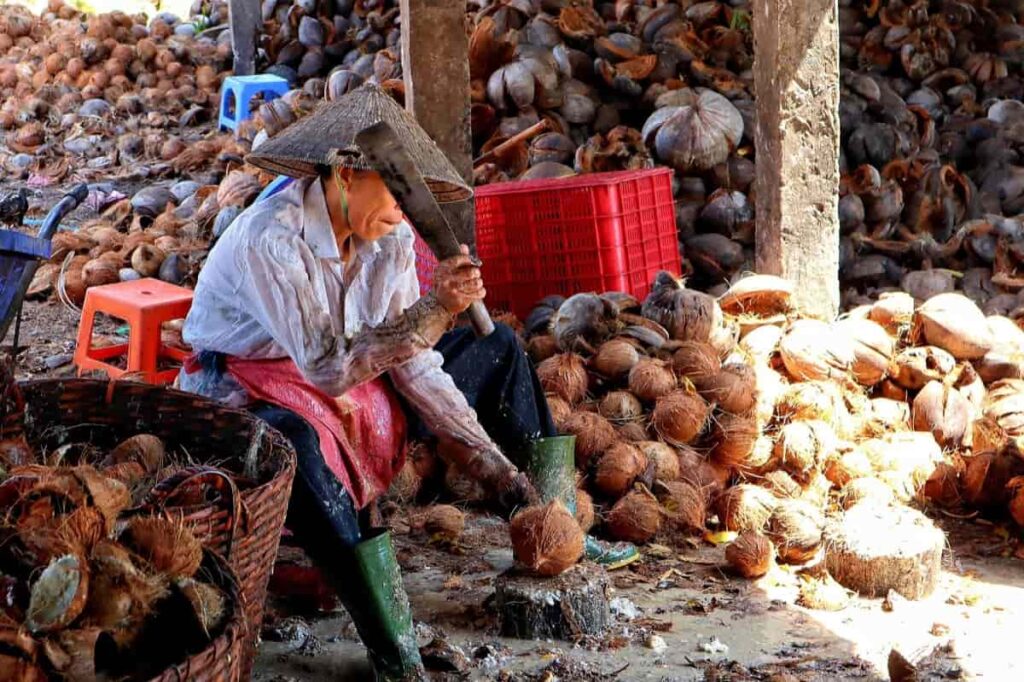
The next is the willowing machine. All the fiber from the fiber extraction machine and coco peat screening machine will be sent to this machine. This machine will clean the fiber and will separate them into three grades. The first grade is rough fiber; the second grade is pure fiber, third grade is baby fiber. The rough will be made to go through the process again to extract the pure fiber. Pure fiber is used to make different products and can also be sold to different buyers. Baby fiber cannot be used to make coir products.
The next is the auto-feeding machine, which will take in all the pure fiber and make them into ropes using nylon threads. This machine is very handy. You have to just put in the pure fiber, and the machine processes itself, and you should take out the ropes once the bundle fills in. This is an automatic feeding machine. The nylon threads are used to wind the coir and will make them into ropes, says Mr. Prashanth.
Mr. Prashanth also added an extra hydraulic machine which is useful for making flower pots. This machine is an add-on as he used to use the baby fiber that would waste. This machine presses baby coir into flower pot-shaped molds, and you will never have bio-degradable flower pots. Mr. Prashanth says that the demand for biodegradable flower pots is increasing. As mentioned above, coco peat can be used in the horticultural and mushroom-making industries.
A minimum of 3 tons of raw material per day will be necessary for a person looking to start a business. If he could not get this, he would recommend not going for this business venture, says Mr. Prashanth. From 3 tons of raw material per day, you can get nearly 1500 kgs of coco peat per day. From the remaining coir, we can make coir threads and flower pots. 1 kg of coir thread sells for nearly 50 rupees, says Mr. Prashanth.
Investment and profit analysis of Mr. Prashanth’s coco peat and coco coir making business
To gather 3-ton raw material, it takes nearly 7,000 rupees in a day. From this, 1500 kgs of coco peat can be made, and nearly 450 kgs of coir ropes can be made. If we sell the ropes, we can get nearly 16,000 rupees daily. From selling 1500 kgs of coco peat at nearly 6 to 7 rupees per kg, we can get nearly 9,000 rupees as income. If we add everything, we get nearly 30,000 to 35,000 rupees as income per day. If we take off 16,000 rupees per day as an investment, including the raw material, electricity, and labor cost, we get a net profit of nearly 16,000 to 18,000 rupees per day.
In case you missed it: Instant Noodles Business Plan: Making Process, Machine Price, and Profits
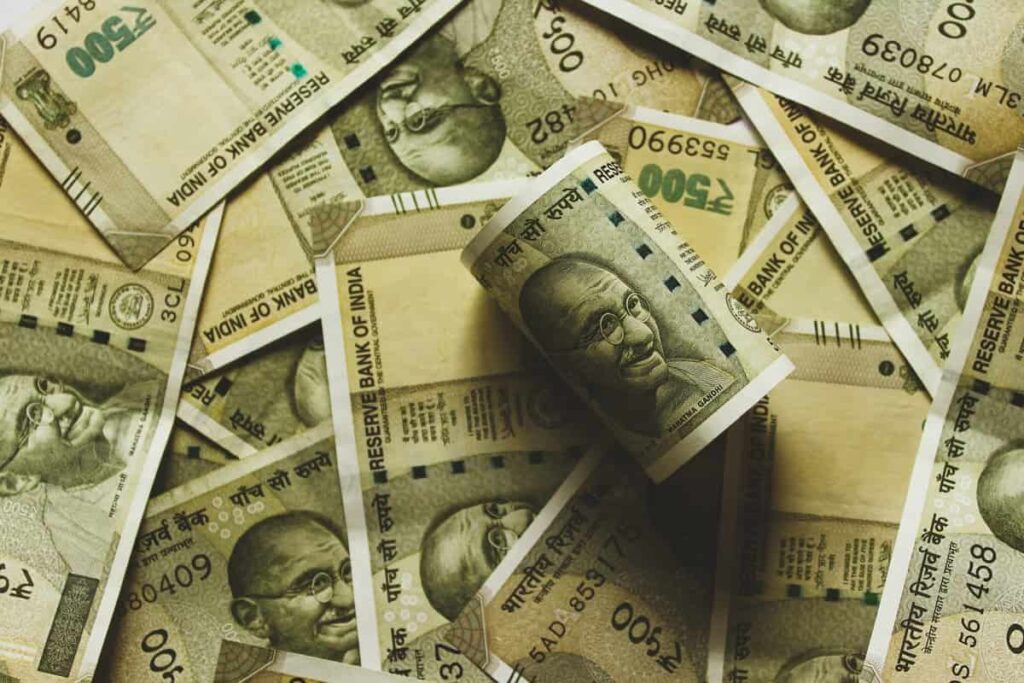
This is huge. If you can maintain shifts, you can almost double your income, says Mr. Prashanth. If we calculate, Mr. Prashanth, on average, gets a profit of nearly 30 lakhs per year as a profit. This is huge. Your one-time investment will be a maximum of 20 lakhs, which can be recovered in one year. In this way, Mr. Prasahnth says that he is happy he quit his and started this business and is open to guiding anyone who wants to get into the coco coir and coco peat-making business.
- Handicraft Making at Home: A Small Profitable Business Idea
- Pet-Tech Startups: Innovations for Animal Lovers
- Tech Repair Services: Meeting the Demand for Gadget Maintenance
- Maximizing Rewards: Smart Credit Card Habits for Cashback and Points
- Ultimate Guide to Making Money from Goat Milk Business
- How to Start an Agricultural Value Added Product Business
- Value-Added Business Ideas for Greenhouse: The Best Ways to Make Profits with Greenhouse Farming
- How to Make Profits with Organic Country Chicken: Best Strategies for Beginners
- 10 Value-added Business Ideas for Millets: Low-investment and Highly Profitable
- Why Cleaning Service Business Becoming More Profitable in Metro Cities in India
- 10 Best Businesses to Start in Ayodhya for Profits
- Top Drone Business Ideas in India: Unlocking Aerial Innovation & Opportunities
- Top 10 Service Businesses You Can Start with No Money
- Ultimate Guide to Starting a Home-Based Advertising Agency Business
- Starting a Nail Salon Near Your Location: Check List, Business Plan, Licensing, and Opening Instructions
- Construction Company Name Ideas: Guide to Create New Construction Company Names
- 8 Best Small Businesses to Start in Hyderabad: Low-Cost and Profitable
- 10 Best Small Businesses to Start in Massachusetts: Low-Cost and Profitable
- 10 Best Small Businesses to Start in Maryland: Low-Investment and Profitable
- 10 Best Small Businesses to Start in Delaware: Low-Investment and Profitable
- 10 Best Small Businesses to Start in Connecticut: Low-Investment and Profitable
- Top 10 Best Online Pet Business Ideas: Exploring Cats to Dogs
- 10 Best Small Businesses to Start in Colorado: Low-Investment and Profitable
- Top 10 Profitable Small Business Ideas in California: Low-Investment Tips
- From Little Rock to Fayetteville: Top 10 Profitable Small Business Ideas in Arkansas
- Top 10 Profitable Small Business Ideas in Alabama: Discover Opportunities in Alabama’s Growing Cities
- Top 10 Profitable Small Business Ideas in Arizona: Discover Opportunities in Arizona’s Growing Cities
- Golf Business Ideas: Exploring Golf Course Money Making Ideas
- Low Capital Profitable Small Farm Ideas: Farming Ideas to Make Money
- How to Write a Business Plan for Daycare: Exploring from Financial Projections to Risk Management
- Home Daycare License Requirements: Exploring State-wise In-home Daycare Requirements
- How Profitable is Day Care Business: How Much Does a Daycare Owner Make a Month or Year?
- How to Open a Daycare Center in Toronto, Canada: Business Plan, Licenses and Permits
- How to Start Meal Prep and Delivery Services: A Popular Business Idea
- How to Start a Milk Chilling Plant Business
- How to Start Coconut Shell Charcoal Business: Business Plan for Maximizing Profits